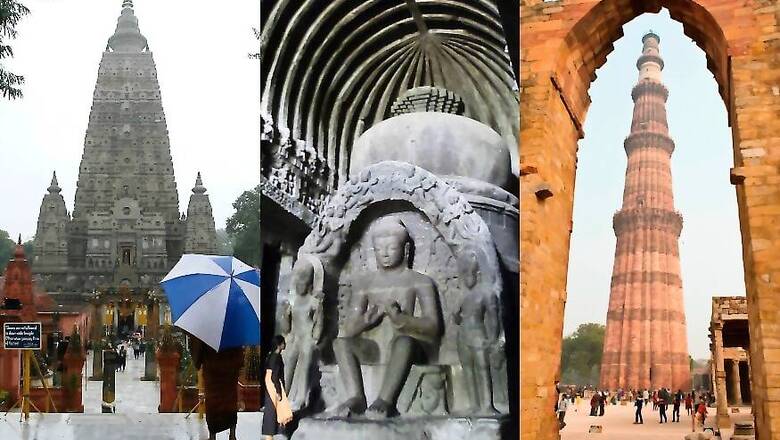
views
India is not just a land of opportunities but a fascinating country that is every traveler's dream. It is a land of fantasy, color, intrigue, mysteries, inventions, rich heritage, diverse culture and traditions.
India is a timeless beauty with centuries of life, culture, traditions, history and heritage buried under its ornate belt and although the nation has been widely explored, this 5,000-year-old civilization attracts and captivates the imagination of people.
Especially, for those who wish to explore and experience landscape beauty, mythology, wildlife, culture, traditions, history, art and music, India is a land that fulfils every heart's desires.
To experience all this and more in terms of culture and natural heritage, India's 36 World Heritage Sites listed by the United Nations Educational, Scientific and Cultural Organization (UNESCO) are the places that you might want to visit.
Three new sites -- The Archaeological Site of Nalanda Mahavihara (Nalanda University) at Nalanda, Bihar, Capitol Building Complex, The Architectural Work of Le Corbusier in Chandigarh and Khangchendzonga National Park, Sikkim -- were added to the list in 2016. In 2017, the historic city of Ahmadabad was declared a world heritage site by UNESCO.
Here's a list of World Heritage Sites in India that one might want to consider on a trip around/to India.
Taj Mahal
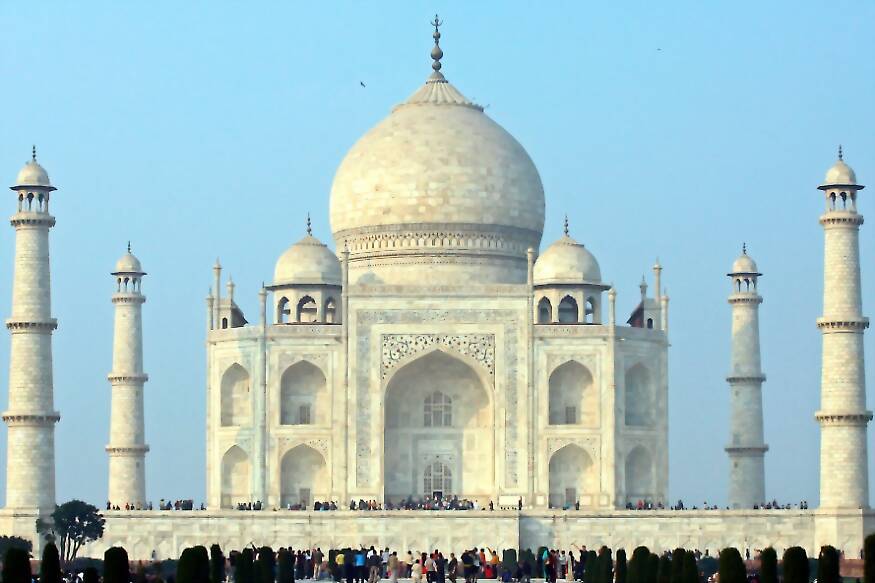
Standing on the banks on river Yamuna in the city of Agra, Taj Mahal, one of the seven wonders of the world, is an ivory-white marble mausoleum believed to have been built by Shah Jahan in memory of his wife Mumtaz Mahal. Famous for its magnificence and beauty, the Taj Mahal attracts viewers from across the world all year round.
Sunderbans

Located in the Sunderban delta of West Bengal, India, the Sunderban National Park is known for its majestic Royal Bengal Tiger and largest mangrove forest in the world. The land of everlasting beauty and stunning landscapes, Sunderban was named after the Sundari trees which are extensively found in the region. The Sundarbans covers around 10,000 sq.km, a major portion pf this lies in Bangladesh, whereas, the Indian portion is estimated to be at around 4264 square km.
Sun Temple, Konark

A 13-century Hindu temple dedicated to the Sun God, the Sun temple situated in Konark, India, is believed to have been built by King Narasimhadeva I, the great ruler of the Ganga dynasty. A true masterpiece of architecture, the Sun temple is one of the most remarkable and impressive pieces of work with religious significance.
Mahabodhi Temple
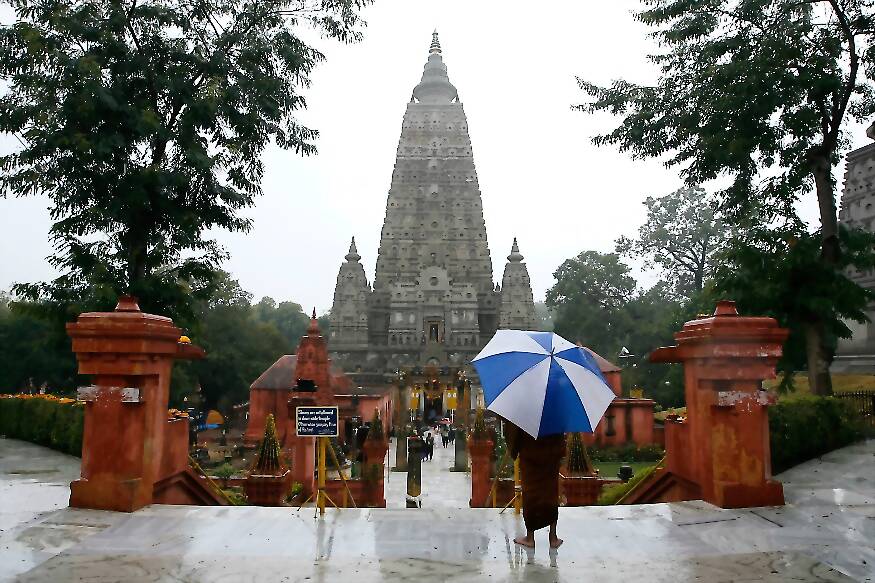
A Buddhist temple in Bodh Gaya, Bihar, India, the Mahabodhi Temple Complex is believed to be among the four holy sites that is connected to the life of Lord Buddha, particularly to his attainment of enlightenment. One of the oldest structures in India, the site consists of the Bodhi tree under which Lord Buddha is believed to have attained enlightenment. The site is visited regularly by thousands of visitors from all over the world.
Ellora Caves
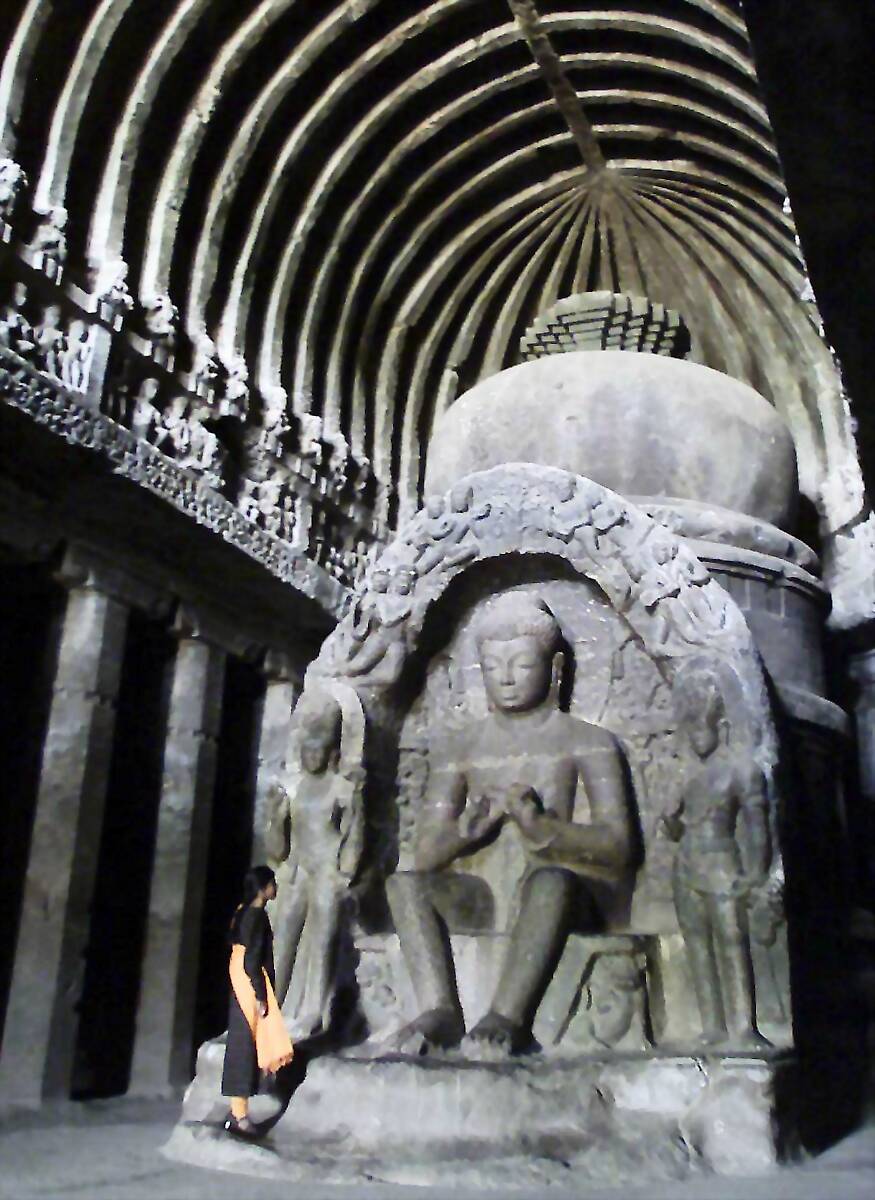
Locally known as 'Verul Leni', the Ellora caves is located 30km away from the city of Aurangabad in Maharashtra, India, and is one of the largest rock-cut monastery-temple cave complexes in the world. It showcases exquisite sculptures, monuments and artwork of Buddhism, Hinduism and Jainism from the 600-1000 century AD period.
The presence of monuments and structures from three different religions at Ellora caves is enough evidence that religious tolerance in India has its roots in the rich past of the country.
Here are some other World Heritage Sites you might want to take a look at:
Elephanta Caves
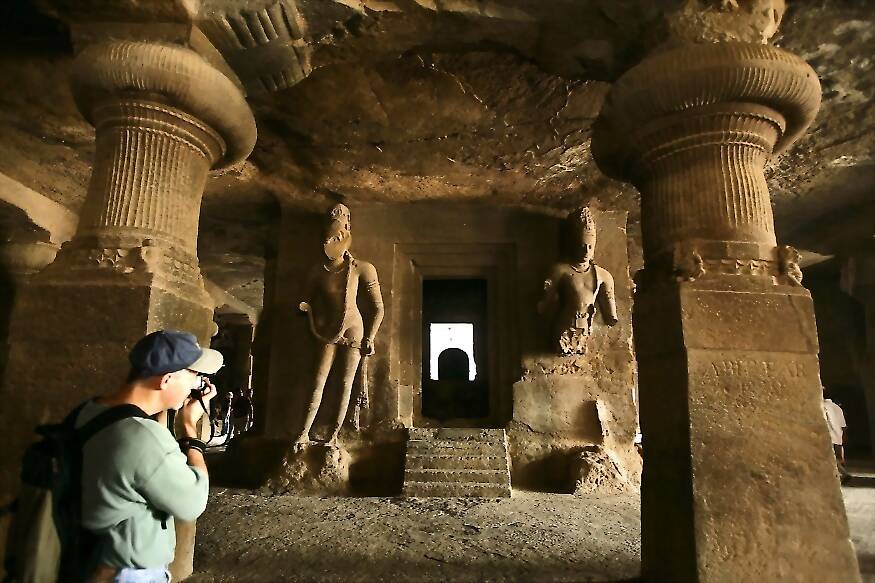
Khajuraho
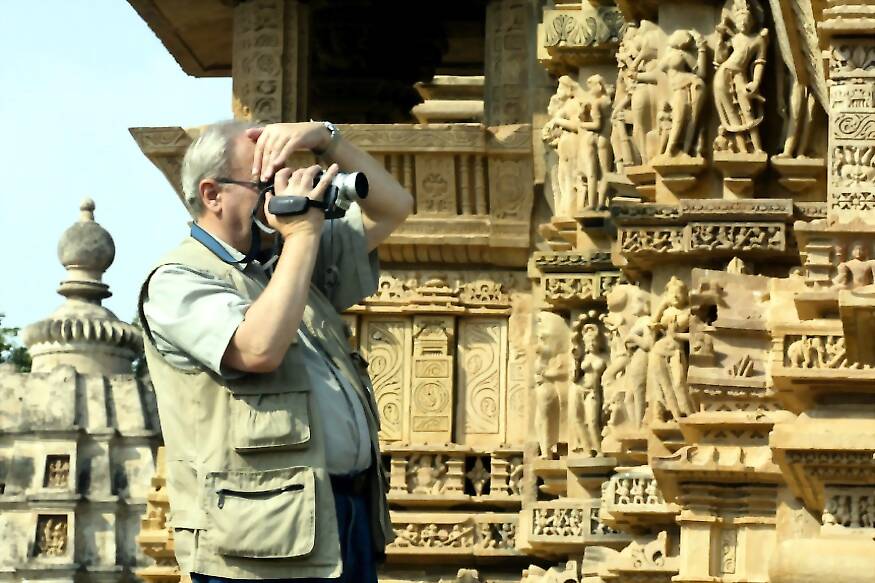
Kaziranga National Park

Humayun's Tomb

Qutub Minar
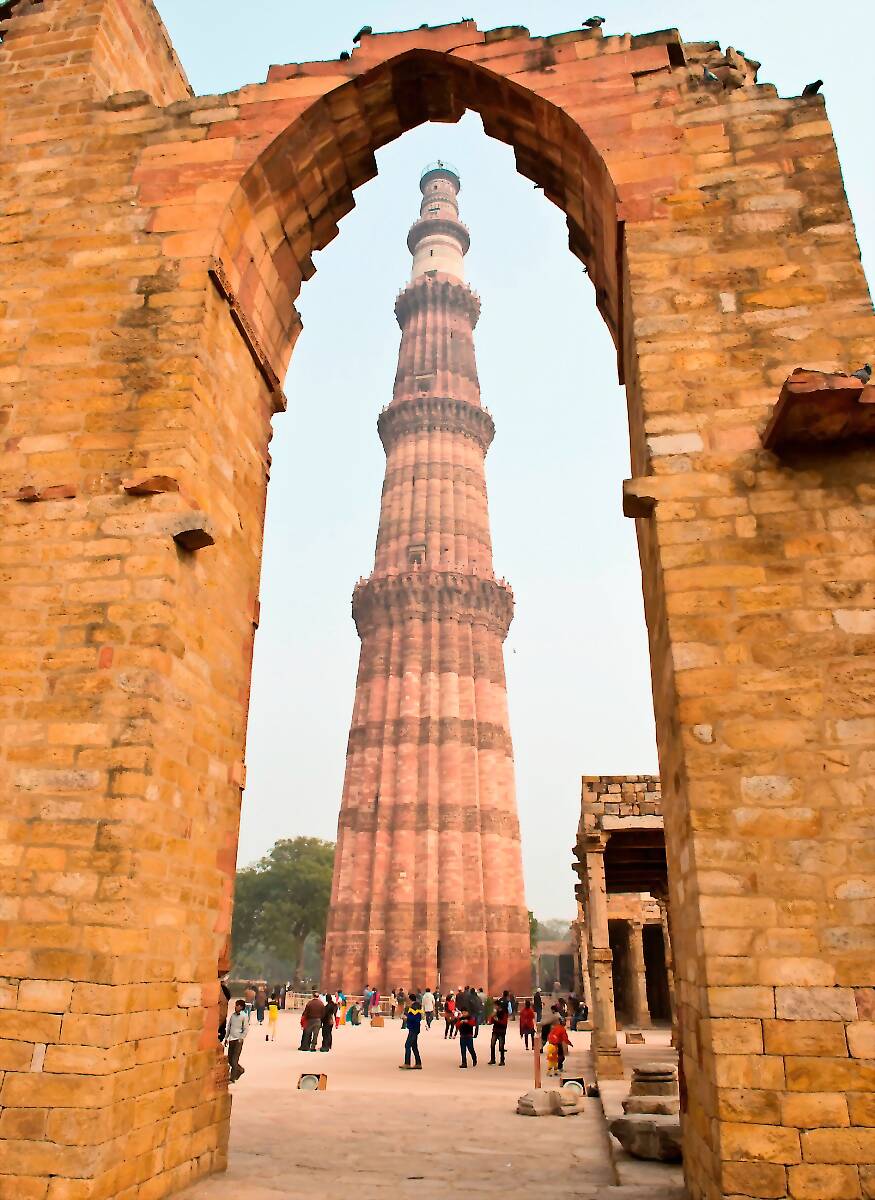
(All Photos: Reuters/Getty Images)


















Comments
0 comment